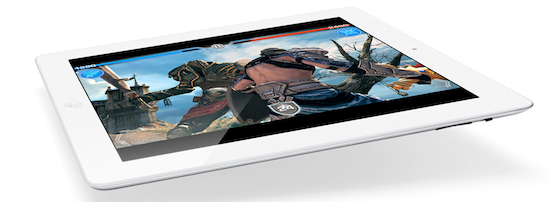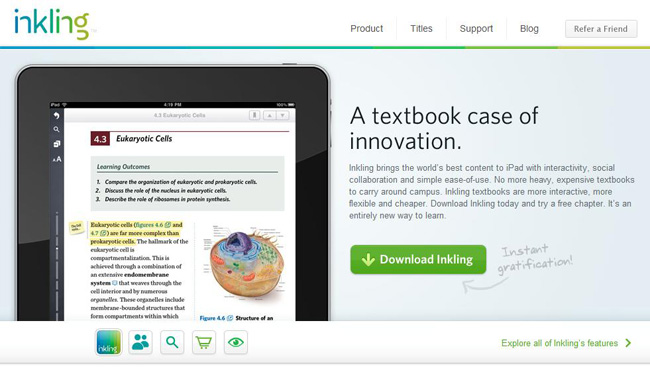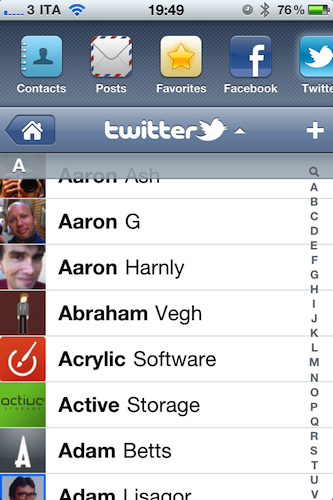Ten years ago today, on March 24th 2001, Apple released Mac OS X 10.0 Cheetah. Now ten years on, OS X has evolved into what we know and love as being Snow Leopard, that latest major update to OS X.
Between the original, and rather buggy version of OS X, Cheetah and Snow Leopard now, we had 10.1 Puma (September 2001), 10.2 Jaguar (August 2002), 10.3 Panther (October 2003), 10.4 Tiger (April 2005) and 10.5 Leopard (October 2007). With just a few short months before the summer, we don’t have much longer to wait until OS X 10.7 Lion arrives and brings a convergence of traditional desktop OS design and iOS design together into one great operating system.
So Happy Birthday OS X! If you’re feeling nostalgic you might want to have a read of the Wikipedia page on OS X which gives a nice synopsis of the major feature additions each release brought and jump the break to watch Steve Jobs introduce OS X at the 2000 MacWorld.










